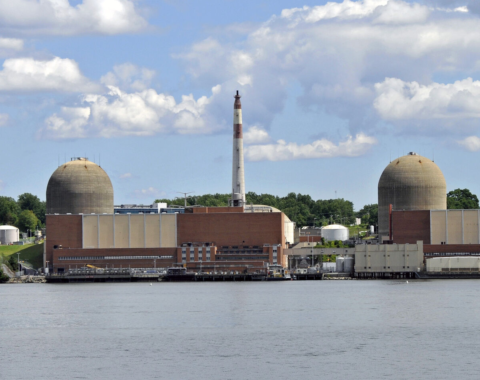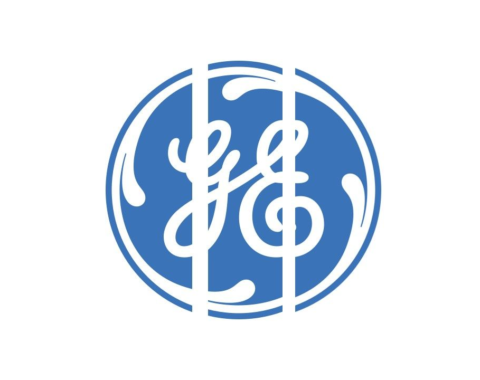Remember the song by John Lennon, Imagine! Well…..try to Imagine the year 2030, not so far away. Based on the current status – that world, here is the U.S., will be without new nuclear power plants and the current nuclear plants we have operating will begin phasing out, due to their age and current license limitations.
High upfront capital costs, stringent regulations, long lead times, public opposition to nuclear, and cheap electricity have not created the best scenario in favor of building new nuclear plants, even at a time when they are needed most. States should consider following the steps that Connecticut may take to ensure Millstone Nuclear Plant continues to operate – providing reliable, clean, base-load energy by allowing the nuclear plant to access the green energy market. After all, nuclear provides zero carbon emissions, so why shouldn’t they be included within the green energy market.
The next few years will be critical as our existing nuclear fleet, built in the 70’s and 80’s will reach the end of their current license extension end dates; 2030 – 2050. Maybe some of these plants will seek a second license extension but that is unknown. And based on recent experiences with VC Summer and Vogtle it looks like new construction in the states will take ~15 years vice the 5 years promised by the designers. Therefore, new construction needs to get started or the nation will begin to lose the clean, reliable, base-load energy it has relied on for the past few decades to supply ~20% of the nation’s electricity needs. To replace this base-load electrical supply can only be done by either coal or natural gas; both with carbon gas emissions much greater than nuclear.
We currently have 99 operating nuclear units in the U.S. but how long these plants will continue to operate is a mystery. Over the past few years we have seen many of these plants shutdown – long before their license end dates; Kewaunee & Vermont Yankee, for example. Several others are scheduled for shutdown within the next few years, such as, Indian Point, Oyster Creek, Palisades, and Pilgrim. Others are barely hanging on, such as, Davis Besse, Perry, Beaver Valley, Millstone, and they all need help from their states, similar to what occurred in New York and Illinois to keep Ginna, FitzPatrick, Nine Mile Point, Clinton, and Quad Cities operating.
Yes, solar and wind make a considerable contribution (together about 17%) but until the issue of energy storage is resolved these renewables are not reliable at night or on a cloudy day. And what will be the additional costs when battery storage is added to these sources? Also consider the increase in cost of electricity once the renewable tax incentives are removed. In Europe, where this has already occurred, electricity costs are double and triple electricity rates here in the U.S.
Those of you that feel the answer is to provide your own solar and wind power, think about this; utilities are now starting to charge for the use of their distribution system just like any other utility would have to do using their system, so unless you are completely self-sufficient that option is not going to be as much a WIN-WIN as you may have been led to believe.
Therefore…how you – the public, react to these issues will determine whether the next decade is a new dawn or a sunset for commercial nuclear power in the U.S.



